When Gennaro Gattuso last played for Italian giants AC Milan in 2012, the club boasted players like Zlatan Ibrahimović, Thiago Silva & Robinho. An incredibly talented squad that was still sub-par to the great Milan side that preceded it, a side that reached three UEFA Champions League finals between 2003 and 2007, winning two of them. Gattuso was a fixture in the midfield engine room of what was one of the most iconic Italian club teams in history, having joined the club back in 1999.
Fast-forward to November 2017 and Gattuso’s former club was a shadow of its former self. The first team had been in free-fall for a number of years with many false dawns and failed experiments. Gattuso himself had just taken his post as Milan’s U19’s head coach in May of 2017 but when first team boss Vincenzo Montella was sacked in November after another disappointing start to the Serie A campaign for the Rossoneri, the club looked inward for his successor and Gattuso became the surprise choice to take charge at the San Siro.
Gattuso’s first few months at the helm of the seven-time-European Champions saw them finish the season in 6th place, although only a minor improvement on the 7th place the club were in when the former Italian international took over. While results should arguably be more consistent for a team of Milan’s quality, there is no doubting the positive vibe Gattuso has brought back to the Milan giants.
Gattuso’s Milan
Gattuso’s typical starting XI is setup in a 4-3-3 formation. The talented young Gianluigi Donnarumma is the usual choice between the sticks behind a centre-back pairing of Captain, Alessio Romagnoli and Mateo Musacchio. Ricardo Rodriguez and Davide Calabria slot in at left-back and right-back respectively as Lucas Biglia sits in front of the back-four, deepest of the 3 men in midfield. Ahead of him are Franck Kessié and Giacomo Bonaventura, the pair are true box-to-box midfielders, effective at both ends of the pitch and crucial to the fortunes of this Milan side. The forward line is usually comprised of right-winger Suso, left-winger and free-kick specialist Hakan Calhanoglu and bonafide top-class goal scorer, Gonzalo Higuaín.
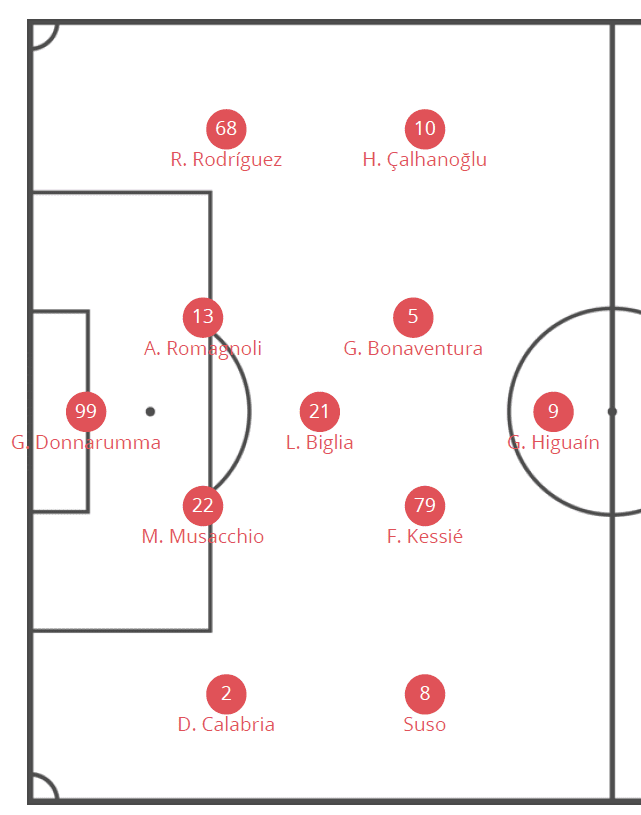
Positional Play
When in possession, Gattuso’s side play with constant width, the full backs get high and wide to take the place of the wingers should they go looking for the ball deep or infield, which they often do. This positional play is constant in Gattuso’s team when in possession. Subsequently the full-backs are key in attacking phases for Milan, providing width and supporting wingers with overlapping and under-lapping runs. Positional play is key in the Rossoneri’s build-up play and has aided them in keeping the majority of possession on average in their league games so far this season. Though more impressively they boast an 87% passing accuracy.
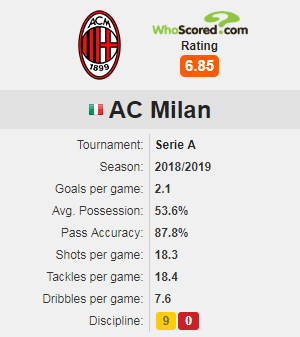
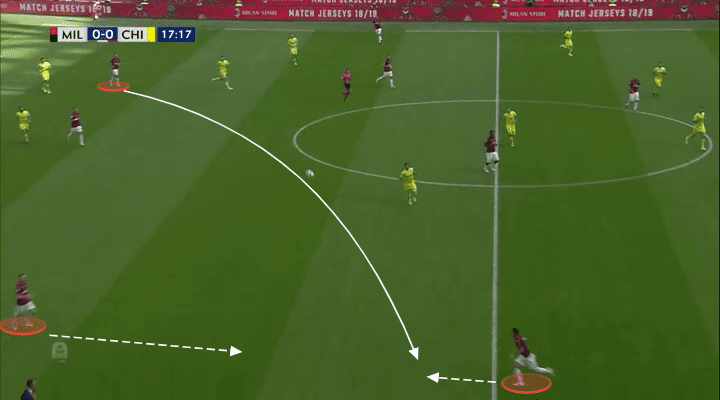
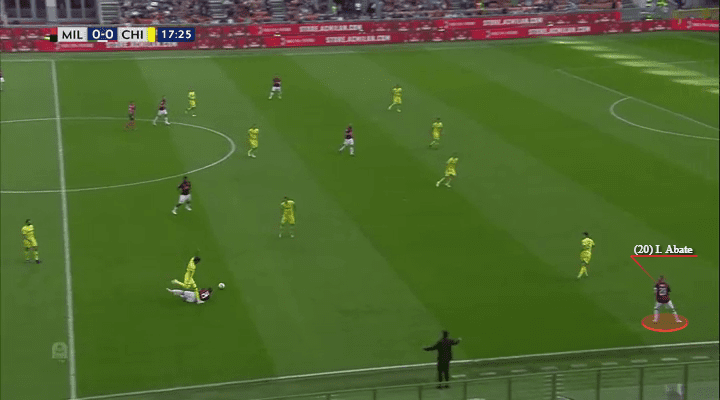
This Milan side are also patient in their build up, playing the ball short from goal-kicks if possible and looking to draw pressure from their opponents. This patience is also evident in transition, instead of looking to quickly advance the ball up the pitch in a fast counter attack, Gattuso’s side will often play simple passes and allow the team to attain the optimum positions for build-up play. The Rossoneri will often boss possession against inferior sides and their stellar attacking options create them an average of 18 shots a game in Serie A this season.
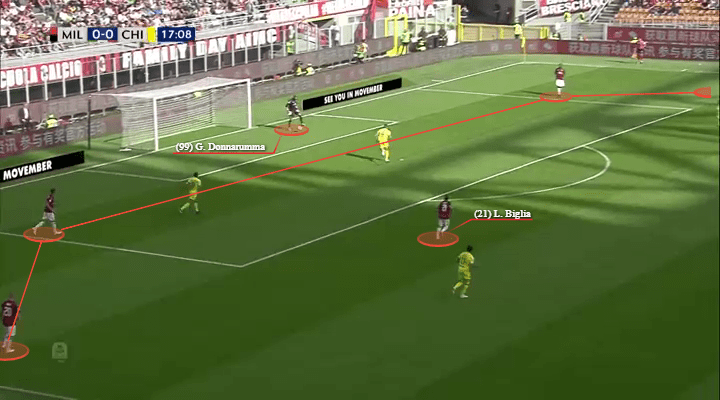
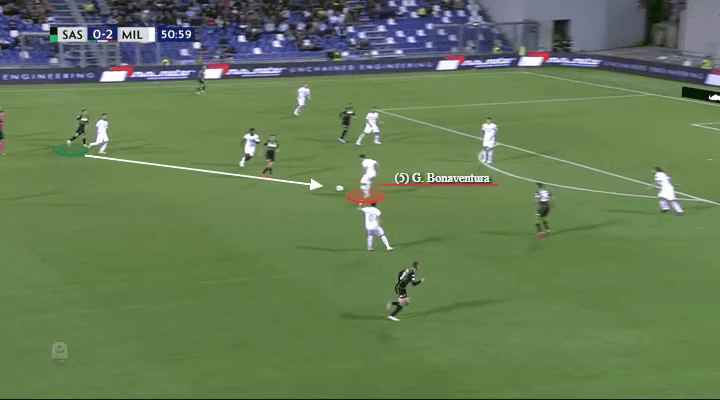
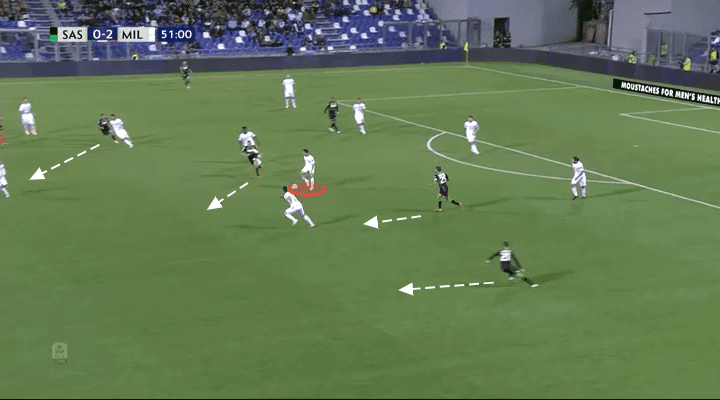
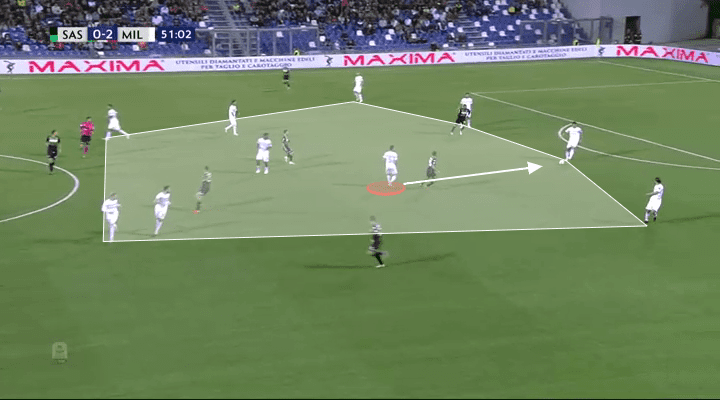
The two more advanced of the central midfield trio, Franck Kessié and Giacomo Bonaventura are also crucial to this Milan side. Both players have bags of energy and are modern day box-to-box midfielders. Kessié and Bonaventura are both technically gifted, can put in a tackle and can get their names on the score-sheet as well. The pair are also pivotal to the team’s defensive style of play, often leading the press from midfield.
Defensive Shape
‘High-press’ is a term often branded about in today’s game, it’s a fashionable tactic deployed by many top teams used to unsettle opposition build-up play and, if done well, ensure that your team keeps the larger share of possession. But that doesn’t quite match Gattuso’s philosophy, currently preferring an increasingly old-fashioned defensive approach. From an opponent’s goal-kick or generally whenever possession is lost for Gattuso’s side, they typically retreat into a 4-5-1 middle block.
The wingers drop to cover advancing full-backs, the holding midfielder sits in front of his back-four while the more advanced central midfielders typically initiate aggressive pressing actions should the opposition look to advance. The lone number 9 is typically quite passive in defensive phases, reserving energy for counter attacks.
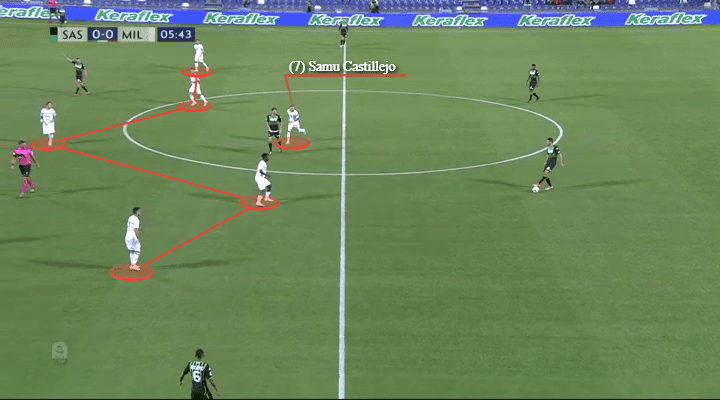
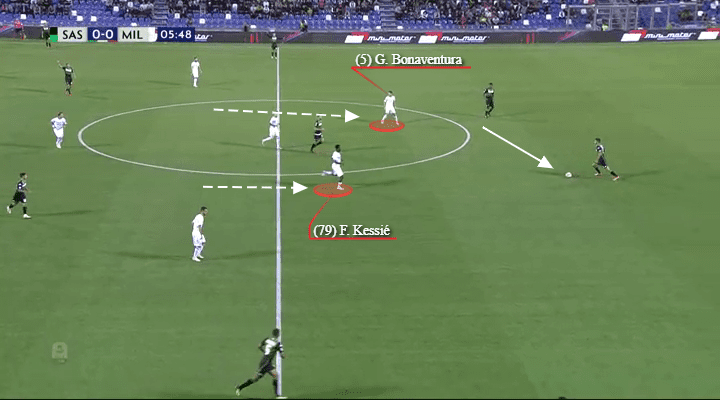
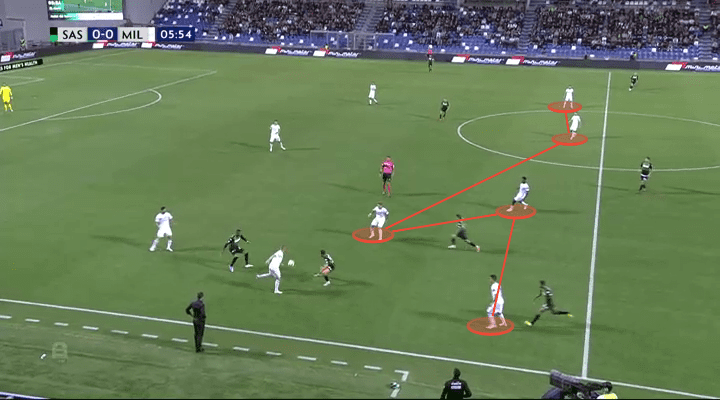
Gonzalo Higuaín
Among the 2017 summer spending spree, Milan sought out talented forwards who could make the difference in big games for the Rossoneri. André Silva and Nikola Kalinic were brought in to do exactly that but the pair managed only eight strikes between them in Serie A last season. With the huge 2018 summer transfer of Cristiano Ronaldo to Juventus, Milan couldn’t resist the chance of boosting their strike-force significantly with the loan signing of Gonzalo Higuaín from the Bianconeri.
Across spells at both Juventus and previously Napoli, Higuaín had notched 111 Serie A goals before posting up at the San Siro and the 30 year old Argentine has already notched six goals in eight games across all competitions for the Rossoneri so far, a true master assassin in front of goal and a man who could improve any team. Higuaín will be absolutely crucial to any top four or silverware challenges Milan may muster this season.
Conclusion
While results may not be everything they would have hoped for so far, there is a great air of optimism surrounding this Milan side and fans of the Rossoneri are enjoying a more recognisable Milan. They have a consistent first 11 and their squad contains many of the best young talents in the league. As the resurgence of Italian football continues it’s likely to lift its great clubs back to the forefront of European football and with Gattuso at the helm, Milan are beginning to resemble the feared club they once were.

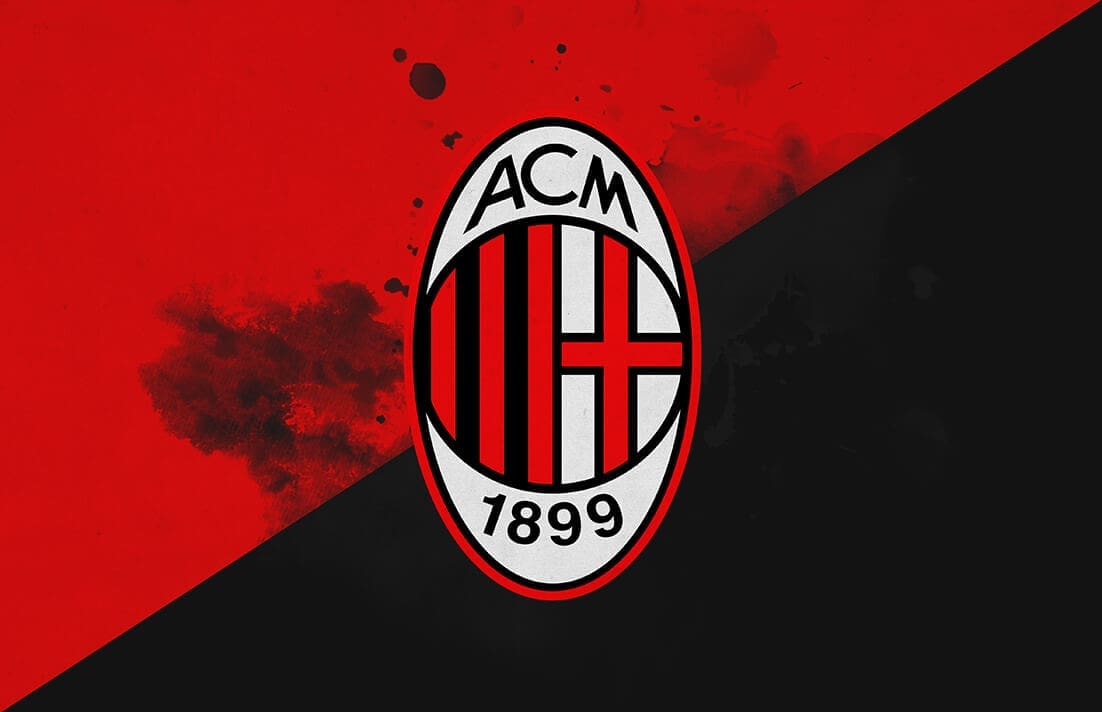



Comments